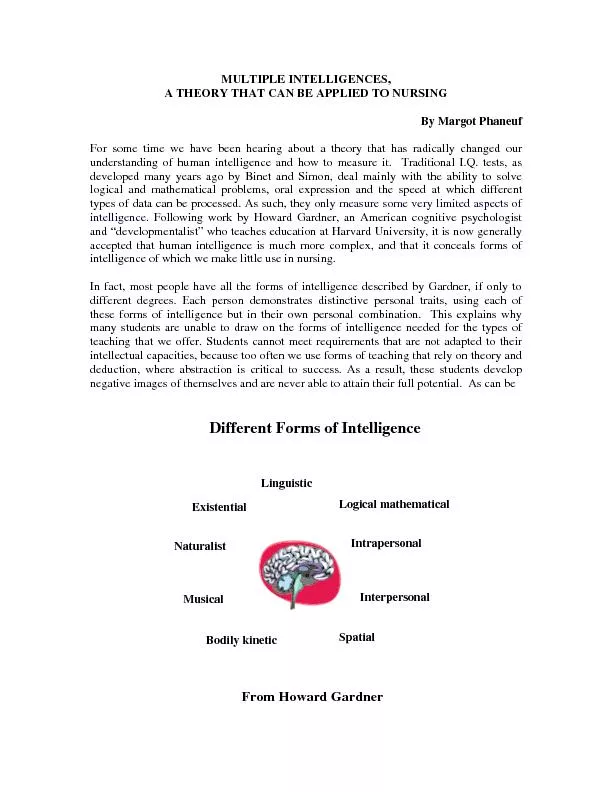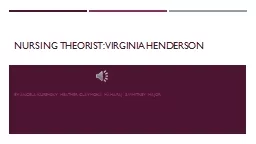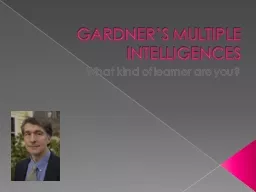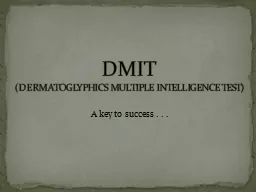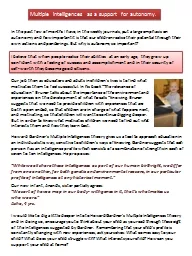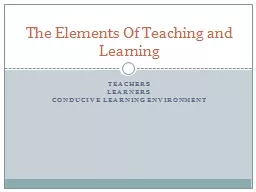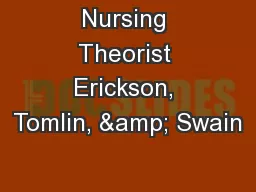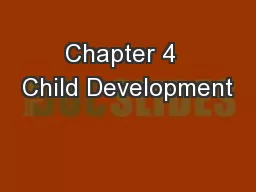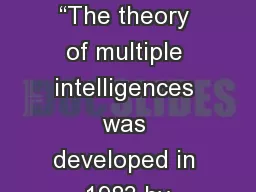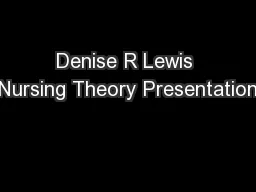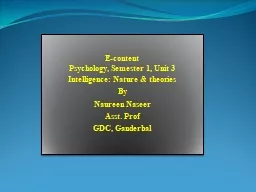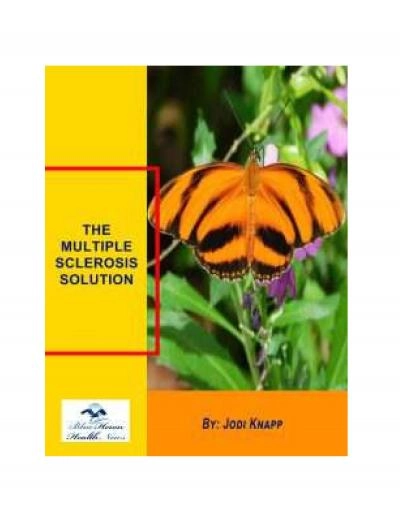PDF-MULTIPLE INTELLIGENCES, A THEORY THAT CAN BE APPLIED TO NURSING For s
Author : olivia-moreira | Published Date : 2016-06-15
Spatial intelligenceis based on visual perception and features a strong sense of imagination It gives us an aptitude for creating mental images and perceiving images
Presentation Embed Code
Download Presentation
Download Presentation The PPT/PDF document "MULTIPLE INTELLIGENCES, A THEORY THAT C..." is the property of its rightful owner. Permission is granted to download and print the materials on this website for personal, non-commercial use only, and to display it on your personal computer provided you do not modify the materials and that you retain all copyright notices contained in the materials. By downloading content from our website, you accept the terms of this agreement.
MULTIPLE INTELLIGENCES, A THEORY THAT CAN BE APPLIED TO NURSING For s: Transcript
Download Rules Of Document
"MULTIPLE INTELLIGENCES, A THEORY THAT CAN BE APPLIED TO NURSING For s"The content belongs to its owner. You may download and print it for personal use, without modification, and keep all copyright notices. By downloading, you agree to these terms.
Related Documents

